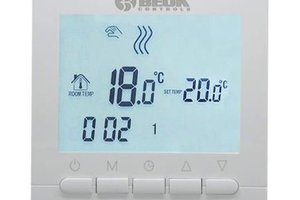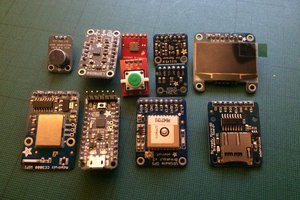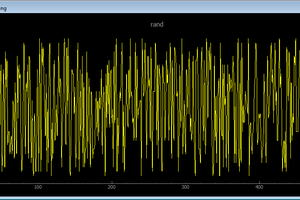Make DIY components for standard-based wired home automation / smart home.
KNX/EIB = the only world-wide wired building automation bus standard.
You can easily mix DIY (KNXduino) components and profesional KNX bus components produced by ABB, Busch-Jaeger, Siemens, Loxone, etc.
 Pavel Kriz
Pavel Kriz




 Gigio2k
Gigio2k
 vondartleroy
vondartleroy
 Rémi Bèges
Rémi Bèges
 mcThings
mcThings
Hi, Pavel. Love this project! I am new to KNX, but I am interested in its TP physical layer.
Just a little remark concerning the inductor( L3 in you schematics ).
It has another significant function, that is, as an impedance modulator.
If this inductor is not present, as the transmitter turned off, the back EMF high voltage (caused by the choke module in the KNX power supply, also called equalization pulse in the standard) will soon the absorbed into the bulk capacitor (C4 in your sch) through rectifier diode (D11 in you sch).
This would cause a lot of troubles, not just violating the di/dt specified by the standard, also that makes the transmitter waveform become load-dependent. A simple big inductor (hundreds of mH, about 10 times the inductance in the power supply) simply does the job, as an inductor is simply reluctant to change current.
I don't know how KNX transceiver ICs, like STKNX or NCN51x0, manage to do this impedance control without using a big inductor.
Hope someone can answer this.